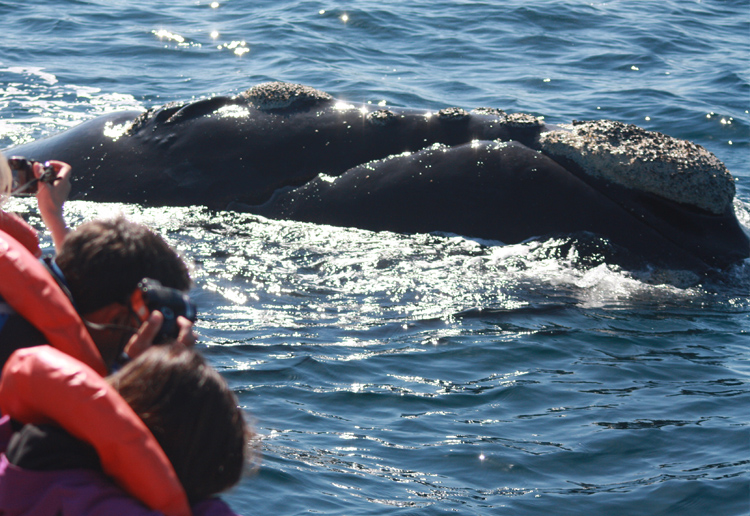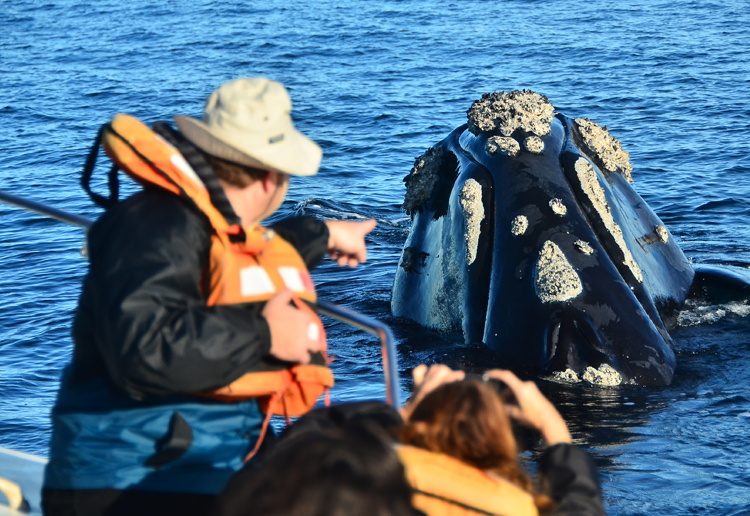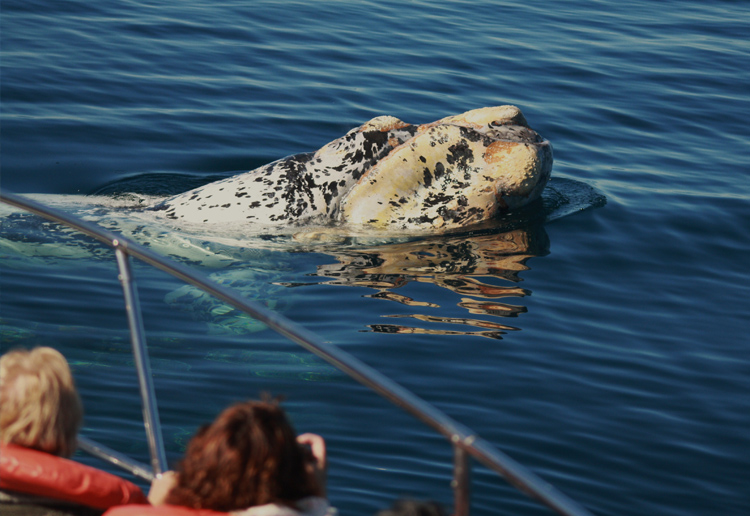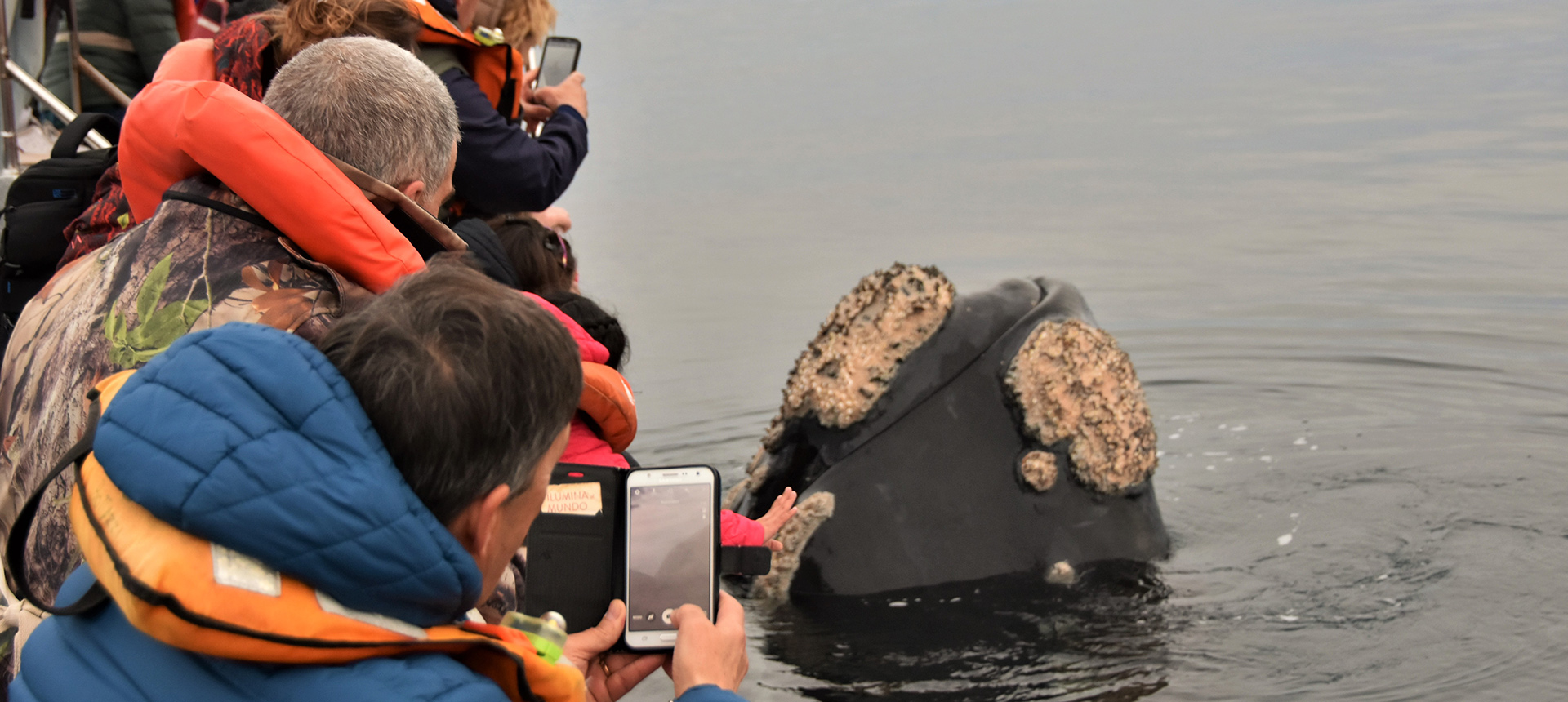BKB SA implements an Integrated Management Policy based on the following principles:
At BKB SA, our main concerns are: customer satisfaction, environmental care, risk minimization, safety and well-being of our staff, and proper maintenance of our work tools; while also fostering an effective relationship with external agents connected to our organization. We also strive to ensure the highest levels of quality in our nautical passenger transportation service for whale watching (and other marine fauna), complying with legal requirements and applicable regulations.
We are constantly committed to ensuring that our service processes are aligned with the philosophy of continuous improvement, while seeking the effectiveness of our integrated management system, always aiming for excellence in our activity. We carry this out with the participation of our staff, providing the necessary training and support, without losing sight of the profitability of our company, which is essential for sustainability over time.
We raise awareness among our passengers about conservation issues so that future generations can learn about the local coastal marine ecosystem and continue enjoying whale watching as a recreational activity that strengthens sustainable tourism development.
We recognize tourism as an increasing demand for whale watching services, which puts additional pressure on the natural resources of this area. Therefore, the implementation of good environmental practices is a key aspect of our daily work. To this end, we optimize the frequency of sightings, minimize the use of hydrocarbons and other non-renewable resources, and properly dispose of the waste generated by the activity. In this way, we motivate staff and visitors to adopt responsible behaviors that promote the protection and conservation of the environment in general and the Southern Right Whale in particular.
From our organization’s perspective, we consider the Southern Right Whale a sustainable resource, and its non-lethal use guarantees its preservation, the continuity of our whale-watching activity, and the satisfaction of our clients’ needs and desires, thus fostering their loyalty.
The senior management of BKB SA sets the objectives and goals, which will be periodically reviewed to ensure compliance with this Integrated Management Policy. Additionally, a healthy and safe work environment will be promoted by allocating the necessary human, physical, and financial resources for health and safety management.
The programs developed at BKB SA are aimed at fostering a preventive culture, addressing working conditions that could cause accidents or occupational illnesses, and preparing for emergencies. All employees, contractors, and temporary staff are responsible for complying with safety standards and procedures to perform safe and productive work. They are also responsible for promptly reporting any conditions that could lead to consequences or contingencies for employees, clients, and the organization.
The senior management, fully committed to this Integrated Management Policy, promotes its communication so that it is known and understood by all staff. Furthermore, periodic reviews will be conducted to adapt it to new scenarios and continue effectively meeting the requirements of all involved parties.
>> Integrated Management Policy








